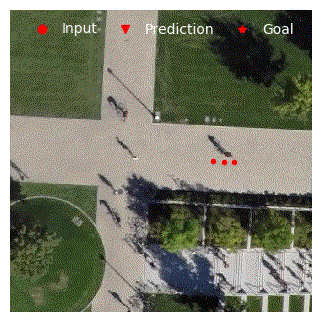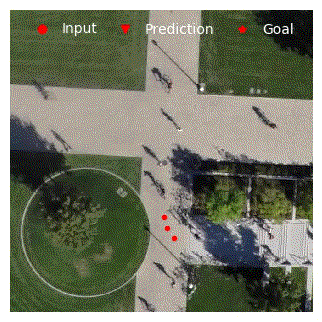MOTChallenge. A Benchmark for Single-camera multi object tracking
In the recent past, the computer vision community has relied on several centralized benchmarks for performance evaluation of numerous tasks including object detection, pedestrian detection, 3D reconstruction, optical flow, single-object short-term tracking, and stereo estimation.

In our project we work on motchallenge.net, an online platform for evalauting methods on a number of well established datasets and challenges. Our website provides a fair and transparent evaluation protocol. The results are shown on a public leaderboard on the website. At this moment, we have +2k active users who already submit +5k methods on challenges reaching from detection, multi-object tracking over tracking and segmentation.
Check out MOTChallenge (here) to download one of the datasets, submit your results or provide data for a new challenge.
The performance of these numerous allows us also to analyze the current trends in tracking methods and gives us an overview of the evolution of the performance of mulit-object trackers. For further read have a look at our IJCV journal paper "MOTChallenge: A Benchmark for Single-camera Multiple Target Tracking".



